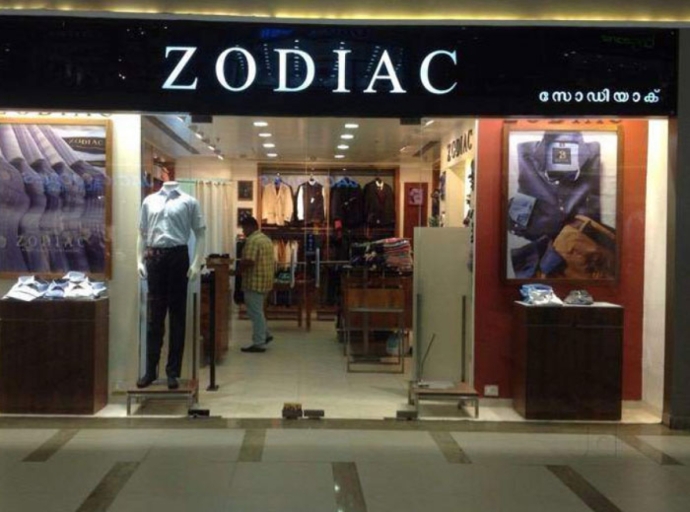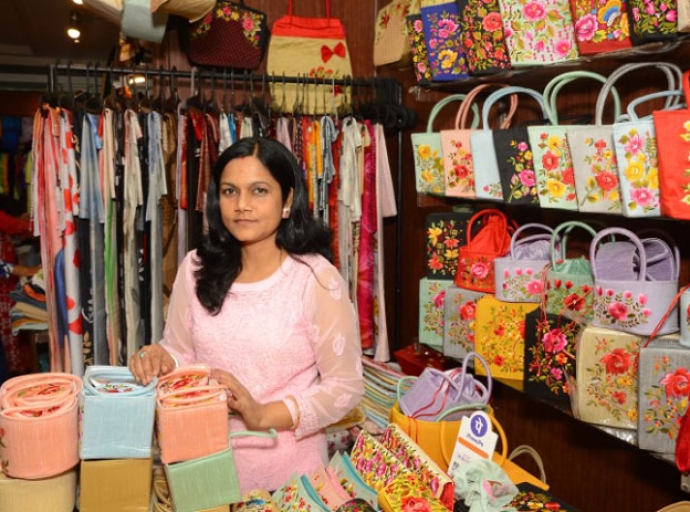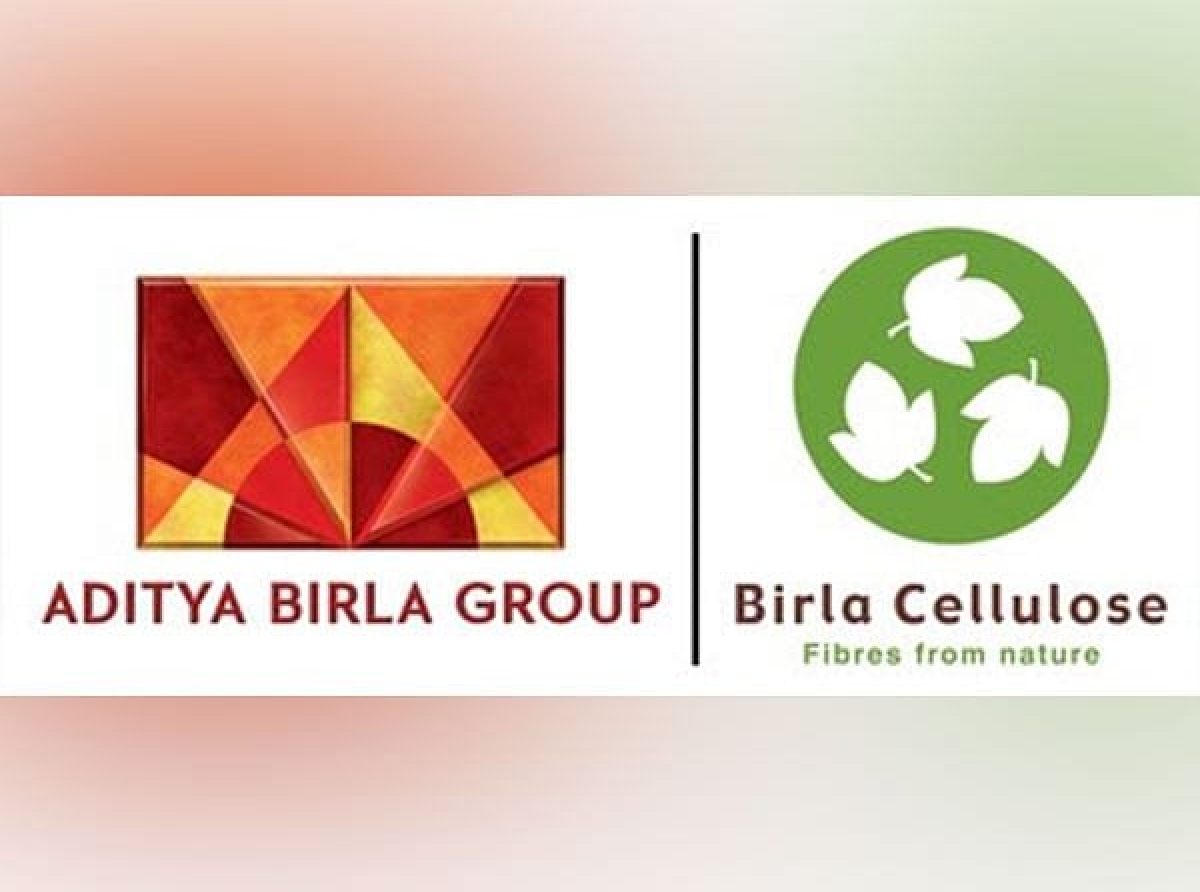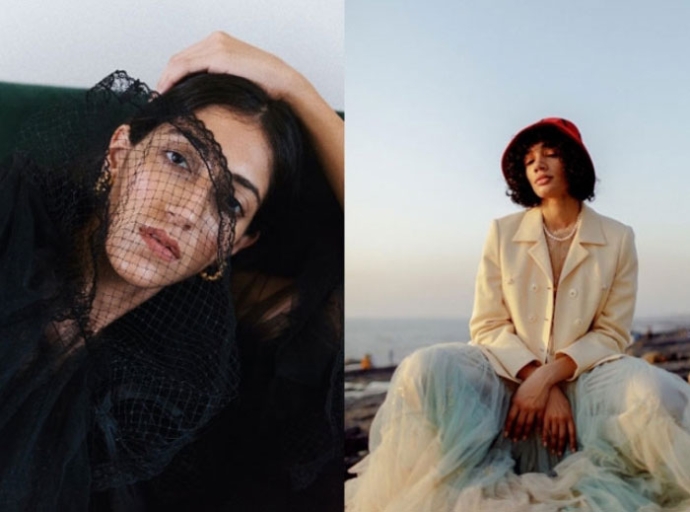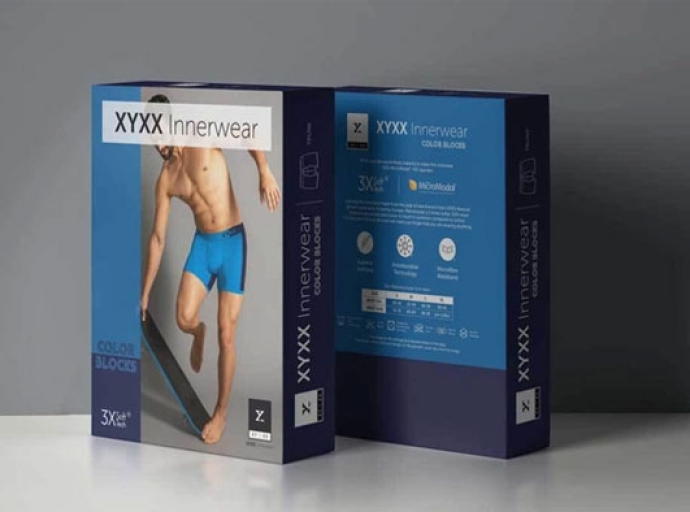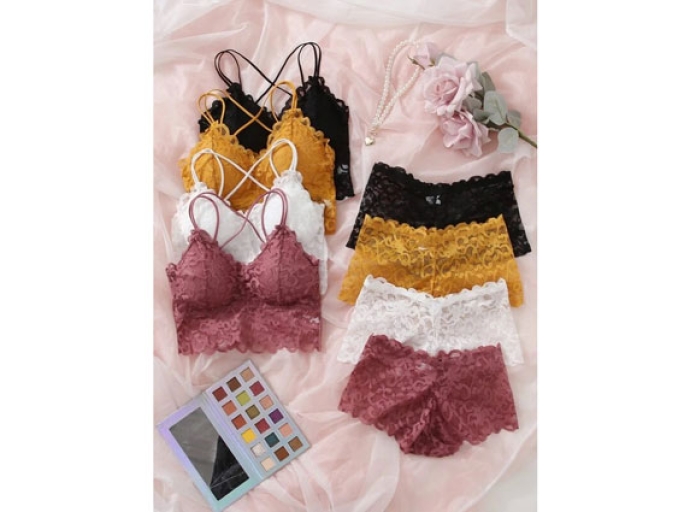24 August 2022, Mumbai
Posting its highest ever sales in the last quarter, footwear major Bata India continues to focus on casualization, premiumization, and its strategy of introducing good quality products.
Besides opening select stores across metros, the company is expanding across Tier II and III cities, explains Vidhya Srinivasan, CFO.
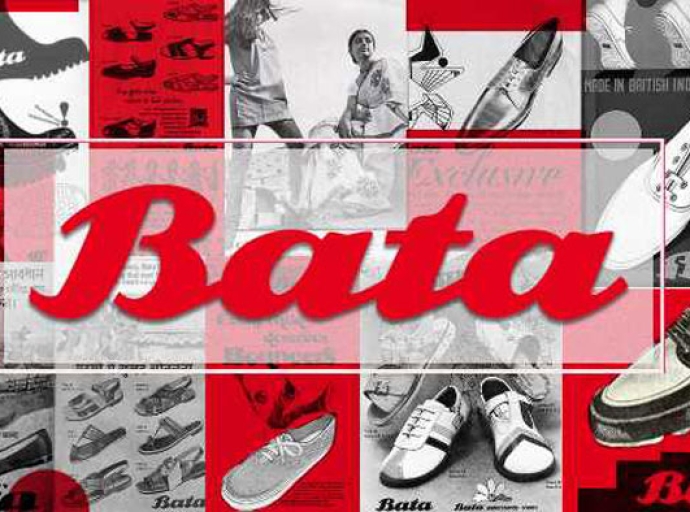
The rise in demand across channels, and geographies.
As per Srinivasan, Bata India is witnessing a surge in demand across all sales channels. The brand is seeing increased demand across multiple geographies with Tier II, and III cities driving most of the demand. The rise in input costs and GST tax rates have impacted the brand’s profit margins.
However, it is adopting a cautious approach and trying to absorb the price rise. Srinivasan says the demand for footwear has stabilized after an initial sugar-rush post lockdown. With more people going back to offices and schools reopening, demand across Tier II and III cities has grown.
Expanding retail footprint in smaller cities
Exploring this demand, Bata India opened many franchise stores in Tier II and III cities and is seeing their sales grow. Encouraged by this, the brand aims to boost the total store count in these cities as awareness about branded products grows. Bata India is also setting up franchise outlets across India, adds Srinivasan.
Though recent inflationary pressures and a hike in GST rates caused the brand to increase product prices, it did not see any major dip in demand. The brand is present across price brands and aims to introduce new products within this range.
Adopting the franchise route, Bata India is opening 20-30 stores quarter to quarter and has over 320 stores at the moment. It aims to increase its store count to 500 besides expanding its product portfolio.
Ensuring the right product mix for the festive season
Bata India continues to focus on its strategy of casualization, premiumization, introducing new products, and opening new stores. During the pandemic, the increased focus on sneakers amid rising demand from young consumers.
The casual wear range was enhanced while new floaters, flip flops, sandals, and sliders were introduced. Bata India also launched a one-stop solution called ‘Sneaker Studio’ during the pandemic.
Consumers reacted positively to this move and demand for sneakers increased by 40 percent, Srinivasan informs. Looking forward to the upcoming festive season, Bata India aims to ensure it has the right inventory mix to cater to consumers’ diverse needs.
Join our community on Linkedin

